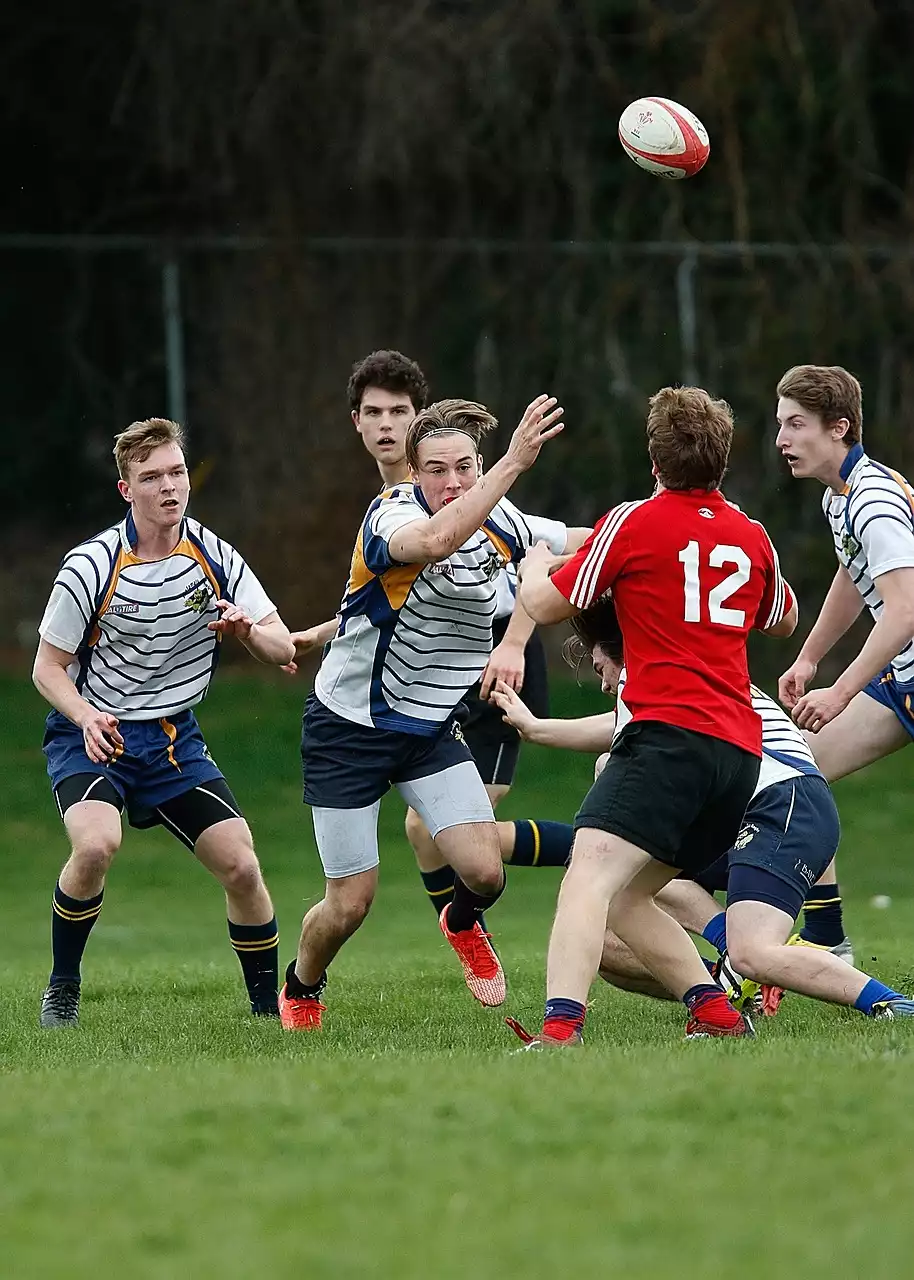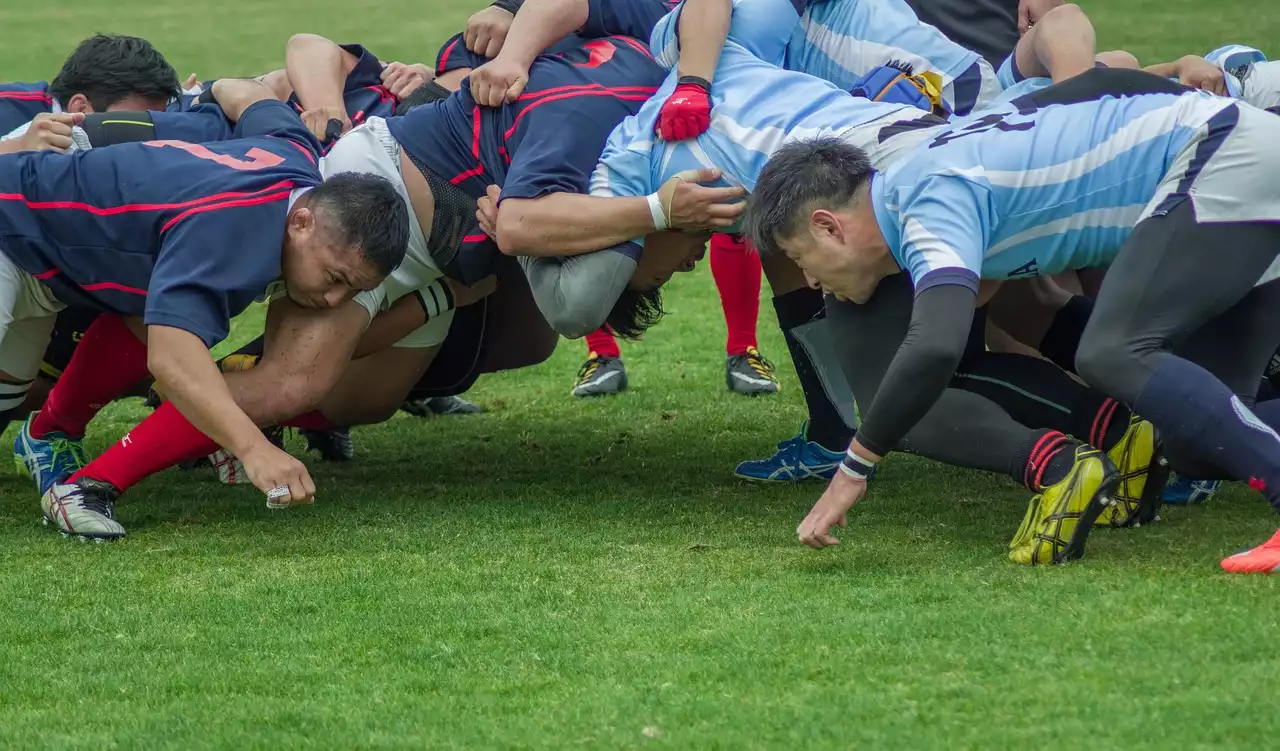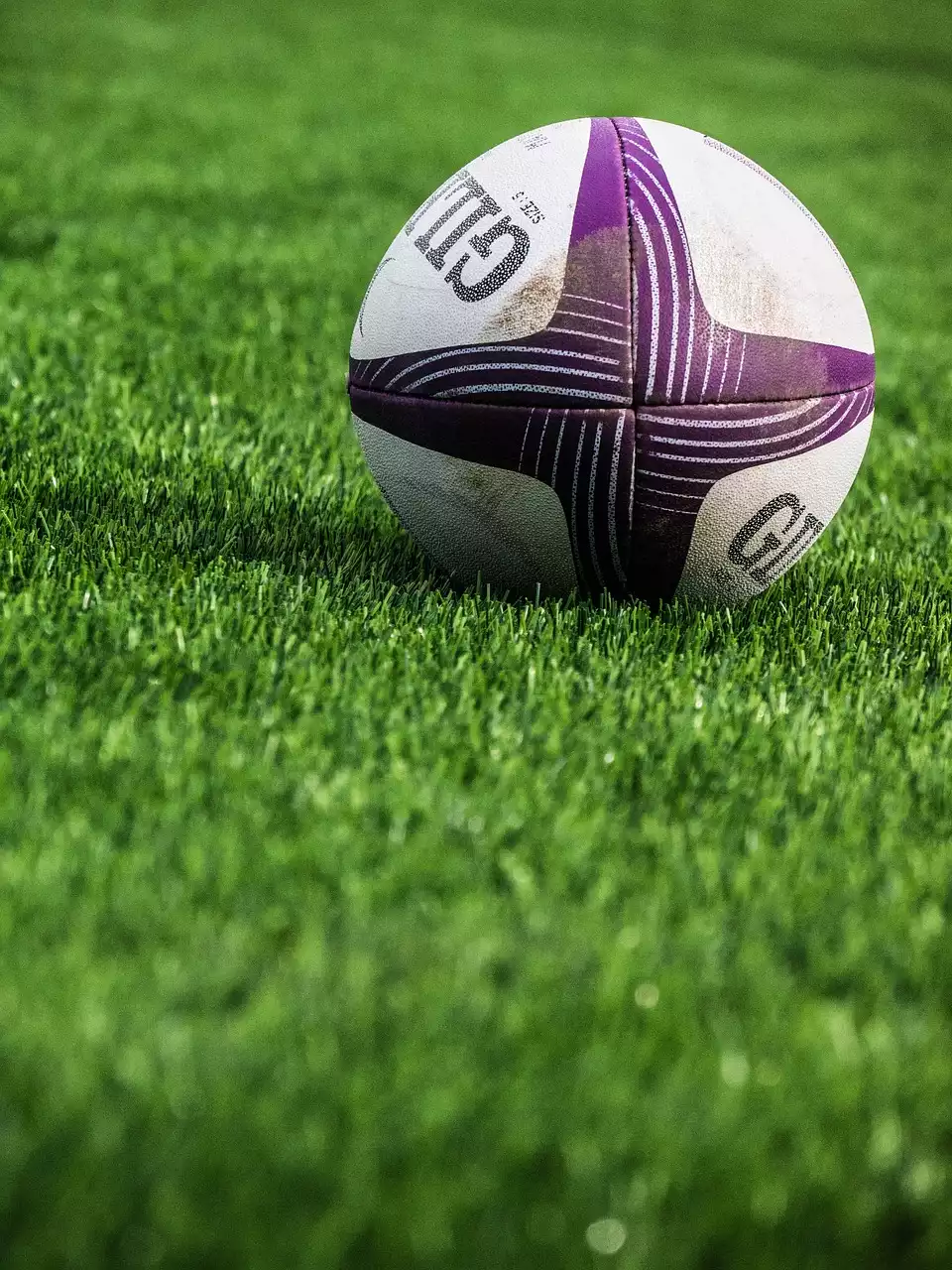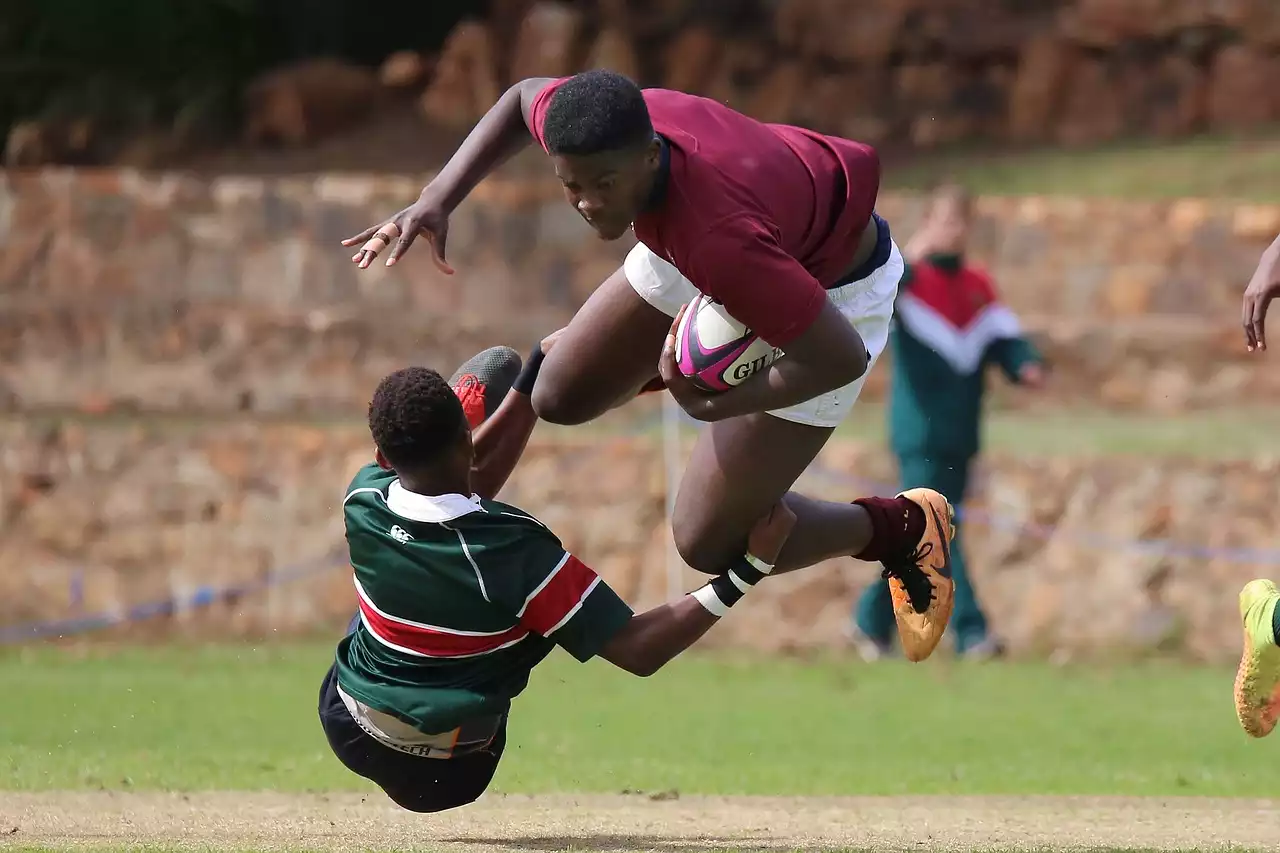The Basic Rules of Rugby League
The basic rules of Rugbthe y League are quite simple and easy to understand. The game is played between two teams of thirteen players, with each team having six forwards and seven backs. The forwards are responsible for winning possession of the ball, while the backs are responsible for attacking the opposition and scoring points. The goal of the game is to score more points than the opposing team. Points can be earned by either kicking the ball over the opponent’s goal line or by crossing the goal line with the ball in hand.
The game is divided into two halves, with each half lasting 40 minutes. At the end of each half, the team that has scored the most points is declared the winner. If the score is tied at the end of the game, the result is declared a draw. In the event of a draw, both teams are awarded one point.
The ball itself is an oval-shaped object, similar to an American football, but slightly smaller. The ball is thrown from player to player and can be thrown forward, backward, or sideways. It can also be kicked forward, backward, or sideways, although kicking it forward is the most common way to move the ball. The ball must also be passed backward in the overlayer to move it up the field. Penalties are awarded for various infractions, such as holding onto the ball for too long or making an illegal tackle.
Scoring in Rugby League
In Rugby League, points can be scored in several different ways. The most common way to score is by crossing the opposing team’s goal line with the ball in hand. This is known as a ‘try’ and is worth four points. After a try has been scored, the scoring team can attempt to convert it into an additional two points by kicking the ball between the opposing team’s goalposts is known as a ‘conversion’.
Other ways to score points include a penalty goal, which is awarded for various infractions and is worth two points, and a drop goal, which is kicked from the field of play and is worth one point.
Understanding the Field of Play
In Rugby League, the field of play is divided into two halves. The half closest to the team’s goal line is known as the ‘defending half’, while the half furthest away is known as the ‘attacking half’. The sides of the field are known as the ‘touchlines’, while the lines at either end of the field are known as the ‘goal lines’.
The ball must never be passed forward across the halfway line, although it can be kicked forward. If the ball is kicked forward and goes out of bounds, the opposing team is awarded a ‘line drop-out’ from the point where the ball went out of bounds. The team that kicks the ball out of bounds is not allowed to touch it until it has been touched by a member of the opposing team.
The Different Positions in Rugby League
The thirteen players in a Rugby League team are divided into two groups: the forwards and the backs. The forwards are responsible for winning possession of the ball, while the backs are responsible for attacking the opposition and scoring points.
The forwards are further divided into three groups: the front rowers, the second rowers, and the loose forwards. The front rowers are the biggest and strongest players on the field and are responsible for the scrum (a set piece in which the forwards attempt to gain possession of the ball). The second rowers are slightly smaller than the front rowers and are responsible for tackling the opposition and protecting the ball when it is in their possession. The loose forwards are the smallest of the forwards and are responsible for running with the ball and distributing it to the backs.
The backs are divided into four groups: the full-back, the wingers, the centers, and the five-eighths. The full-back is the last line of defense and is responsible for catching the ball when it is kicked and preventing the opposition from scoring. The wingers are responsible for running with the ball and scoring tries. The centers are responsible for linking up the forwards and backs and creating attacking opportunities. The five-eighths are the playmakers of the team and are responsible for making the key decisions on the field.
The Different Penalties in Rugby League
Penalties are awarded in Rugby League for various infractions. The most common penalty is the ‘offside’ penalty, which is awarded when a player is in an offside position (that is, between the ball and the opposing team’s goal line). Other penalties include the ‘high tackle’ penalty, which is awarded for dangerous tackles, and the ‘scrum infringement’ penalty, which is awarded for illegal scrummaging.
Penalties can result in various punishments, such as a free kick or a penalty kick. A free kick is awarded to the opposing team from the point of the infraction, while a penalty kick is an attempt to score points from the point of the infraction. Penalties can also result in a player being sent from the field of play, either temporarily or permanently.
Offensive and Defensive Strategies
In Rugby League, teams employ both offensive and defensive strategies to gain an advantage over the opposition. Offensive strategies include the use of set plays (such as scrums and line-outs) and running plays (such as passes and kicks). Defensive strategies include the use of tackles and rucks.
To successfully execute both offensive and defensive strategies, teams must have good communication and teamwork. Players must constantly communicate with each other to identify potential opportunities to attack or defend.
The Rules of Substitution
In Rugby League, teams are allowed to make up to ten substitutions during the game. A substitution can only occur when the ball is dead (that is, when it is out of play or when it has been awarded to a team as a penalty) and must be approved by the referee.
When a substitution is made, the player being substituted must leave the field immediately. The substitute player must enter the field of play from the touchline and must not interfere with the play until the referee has permitted the substitution to take place.
The Rules of Time Keeping
In Rugby League, the game is divided into two halves, each lasting 40 minutes. At the end of each half, the referee will blow a whistle to signal the end of the half. When the whistle is blown, play must stop immediately and the teams must move to their respective sides of the field.
In addition to the two halves, each team is allowed two time-outs per half. Time-outs can be used to confer with the aching staff or to make substitutions. When a time-out is called, play must stop immediately and the teams must move to their respective sides of the field.











